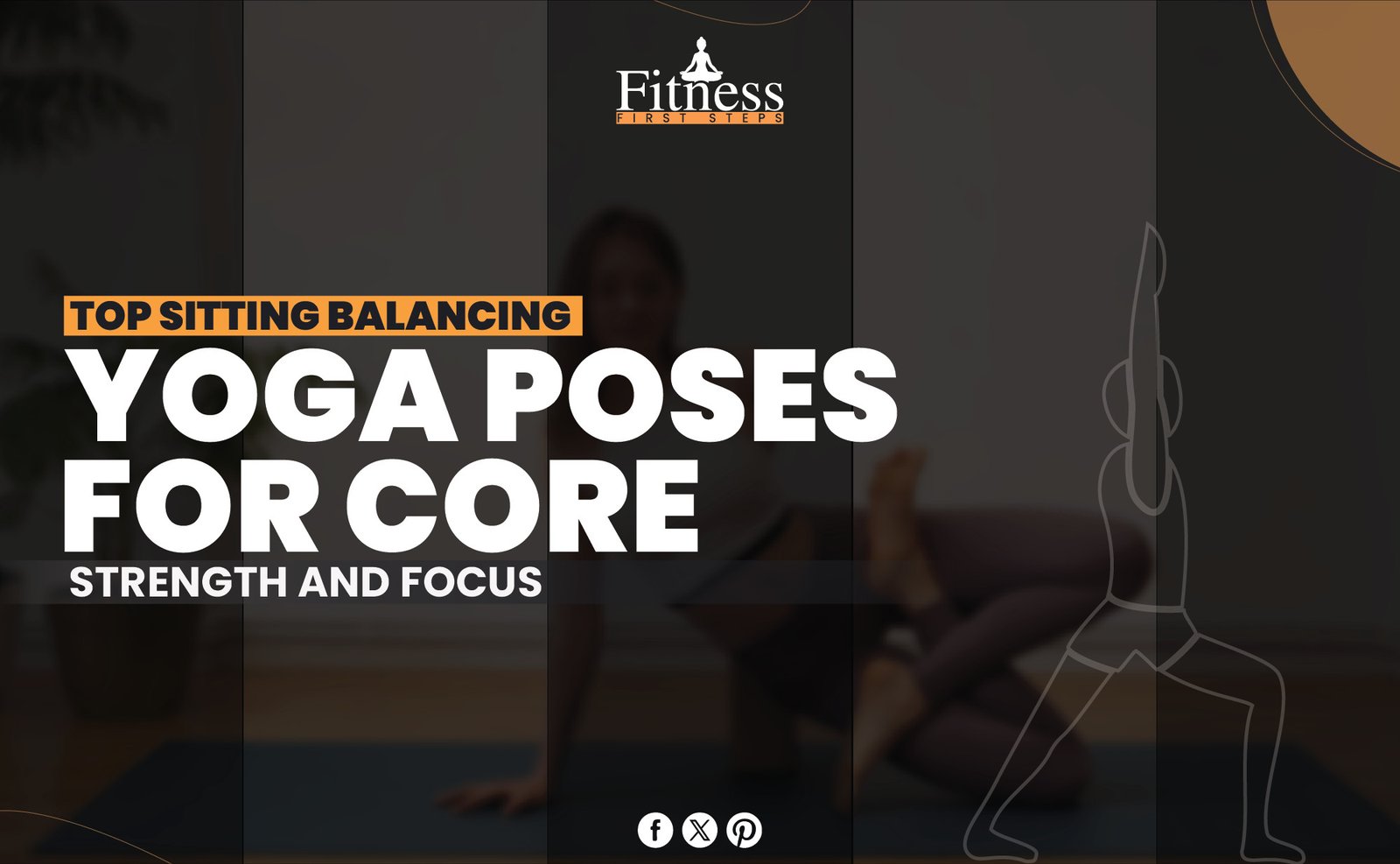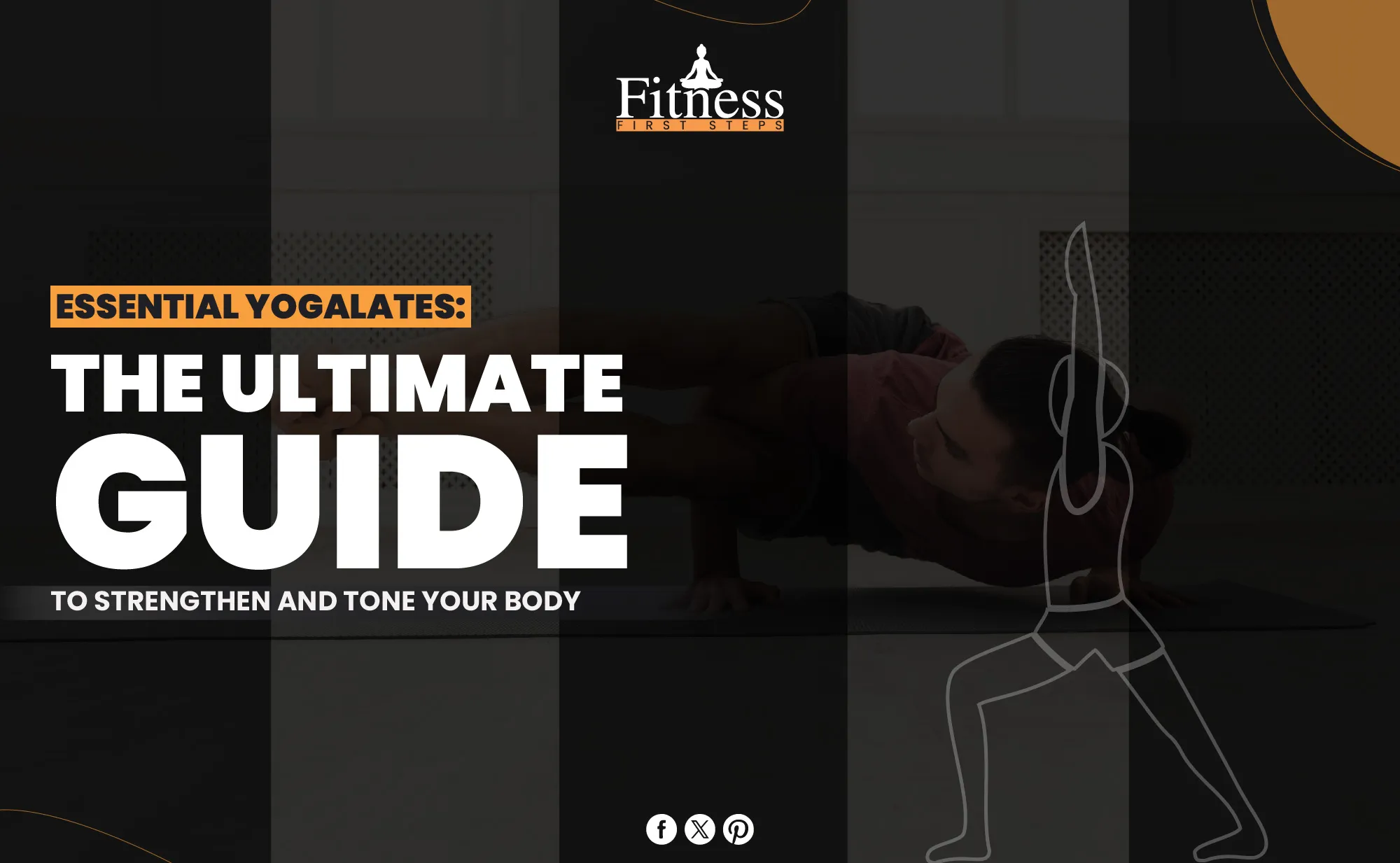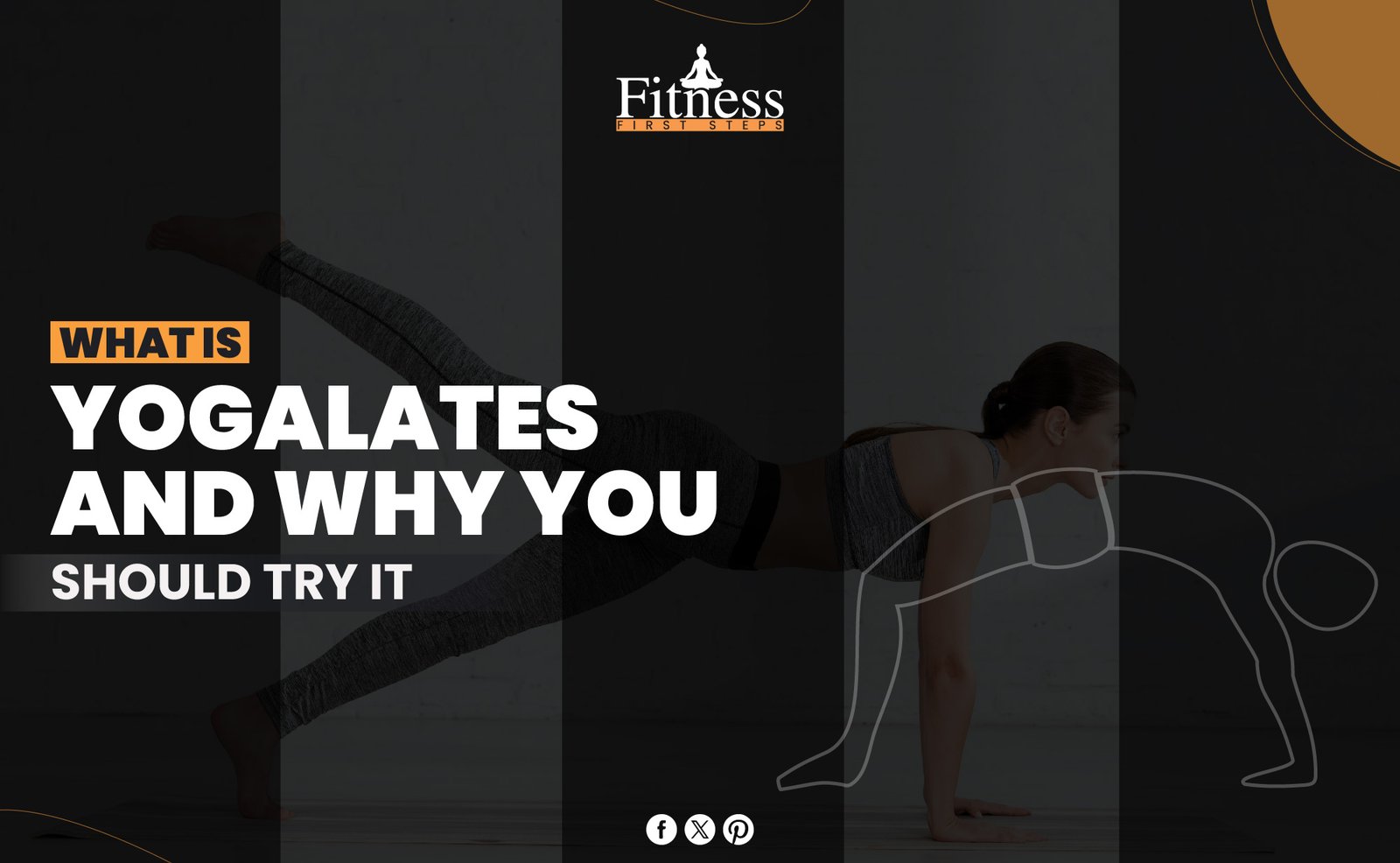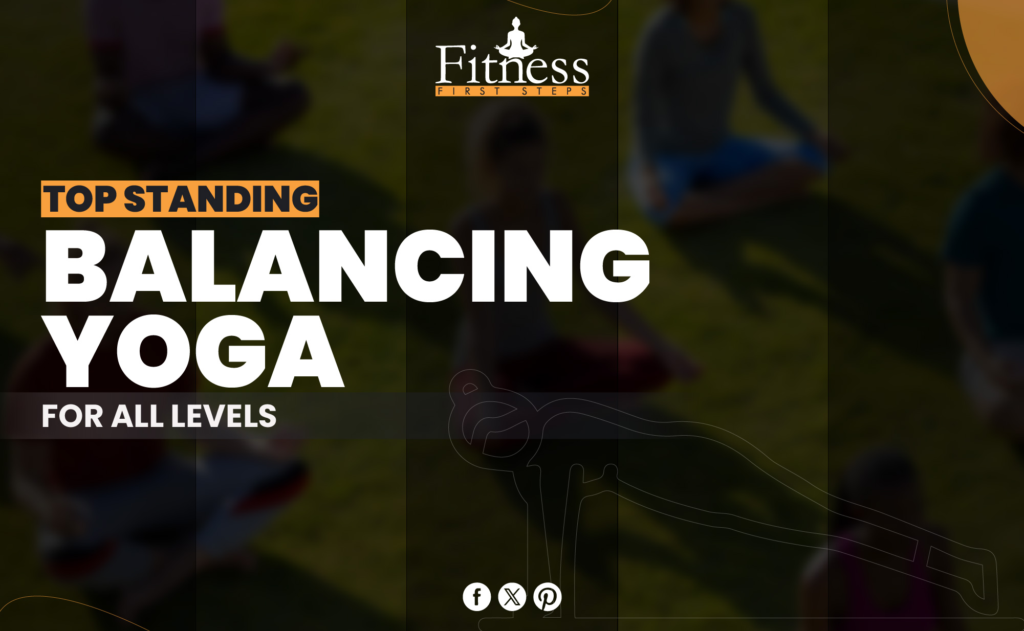Introduction to Bow Pose
The Bow Pose, or Dhanurasana, is a deep backbend that shows how strong, flexible, and graceful you can become with regular yoga practice. The name of the pose comes from the Sanskrit words “Dhanura,” which means “bow,” and “Asana,” which means “pose.” The practitioner’s body forms the bow, and the arms are the string. This pose opens the chest, shoulders, and hips, which helps the digestive system and breathing.
Adding Bow Pose to your normal yoga routine can make a big difference in your physical health by strengthening your spine and improving your balance. It can also help your mental and emotional health by reducing stress and making focusing easier. Whether you’re a beginner who wants to learn the basics of backbends or an experienced yogi who wants to improve your skills, learning the techniques, benefits, and careful way to do Bow Pose can help you progress in your yoga journey.
Those who practice yoga will undoubtedly appreciate learning about the Frog Pose. Please follow the link to get more information.
Benefits of Bow Pose
Physical Benefits of Bow Pose
Strengthens the Back Muscles: Bow Pose facilitates spinal strengthening, posture improvement, and pain relief associated with chronic back pain by activating the lower back muscles.
Enhances Flexibility: Consistent implementation of Dhanurasana improves flexibility in the shoulders, back, and hips, thereby promoting an expanded range of motion and a reduced likelihood of sustaining injuries in these regions.
Stimulates the Abdominal Organs: Stimulates the digestive organs, and the pose applies light pressure to the abdomen. This may aid in alleviating gastrointestinal discomfort and enhancing digestion.
Improves Posture: Bow Pose helps with balance and stance by opening the chest and strengthening the muscles in the back. This counteracts the effects of sitting or standing for long periods.
Expands the Chest and Lungs: When you do Bow Pose, you stretch your chest and lungs, which makes them bigger and helps your lungs work better. This is especially helpful for people who have asthma.
Mental Benefits of Bow Pose
Relieves Stress: Maintaining Bow Pose requires a lot of focus, which takes your mind off the things that stress you out daily. This helps you feel mentally relieved and relaxed.
Improves Focus and Concentration: Holding the pose and focusing on the breath can help you think more clearly, concentrate, and focus, which is good for you in every part of your life.
Enhances Mood: Focusing on breathing and letting go of stress in the body can help release endorphins, improving happiness and making you feel good.
Spiritual Benefits of Bow Pose
Promotes Emotional Release: Opening the chest and stretching the body can help you release mental baggage, leading to a sense of freedom and emotional health.
Increases Energy Flow: Bow Pose increases power and self-confidence by unblocking and regulating prana, or life force, around the heart and solar plexus chakras, according to yoga philosophy.
Encourages Mindfulness and Presence: Dhanurasana helps you become more aware of yourself and connect with the present moment more deeply. It also enables you to develop your mindfulness practice, which is good for mental growth.
Bow Pose improves well-being through stretching, mental attention, and spiritual openness. Dhanurasana may enhance your physical health, mental clarity, and spirituality in all areas of life.
Preparatory Poses
To safely and efficiently do Bow Pose (Dhanurasana), practice preparatory postures to improve flexibility, strength, and alignment. These positions warm up and expand the back, chest, shoulders, and hips, making Dhanurasana easier to approach. List of advantageous preparation postures and brief explanations of their influence on your practice:
Cobra Pose (Bhujangasana)
- Purpose: Enhances shoulder and sternum mobility while fortifying the spinal cord.
- How it Prepares for Bow Pose: By stimulating the back muscles and elongating the thoracic vertebrae, Cobra Pose provides the flexibility and strength fundamental to Bow Pose.
Locust Pose (Salabhasana)
- Purpose: It makes your back, knees, legs, and arms stronger and helps your balance.
- How it Prepares for Bow Pose: This pose works the body’s posterior chain, which is important for getting into the Bow Pose and helps the back muscles get stronger.
Camel Pose (Ustrasana)
- Purpose: It opens up the front of the body, working the chest, stomach, and hip flexors.
- How it Prepares for Bow Pose: Camel Pose creates the necessary flexibility for the deep backbend in Bow Pose by extending the front of the body.
Pigeon Pose (Eka Pada Rajakapotasana)
- Purpose: Hips are opened, and the groins, quadriceps, and psoas are stretched.
- How it Prepares for Bow Pose: The Pigeon Pose opens the hips deeply, which is necessary for the leg movement in the Bow Pose. This lets the legs lift higher.
Child’s Pose (Balasana)
- Purpose: Lie on your back and gently stretch your hips, legs, and feet.
- How it Prepares for Bow Pose: As an alternative to Bow Pose, this pose calms the back muscles and makes them more open to the deep backbend.
Upward Plank Pose (Purvottanasana)
- Purpose: It stretches the shoulders, chest, and front feet and makes the back, legs, arms, and hands stronger.
- How it Prepares for Bow Pose: Strengthens and stretches the upper body, which is important for moving the arms and lifting the chest in Bow Pose.
Bridge Pose (Setu Bandhasana)
- Purpose: The back, legs, and hips strengthen while the chest, neck, and spine stretch.
- How it Prepares for Bow Pose: Allows for a softer backbend that helps build spine strength and flexibility over time.
These preparatory postures can help you master Bow Pose and improve your yoga flexibility, strength, and alignment. Individual poses target particular body parts needed for Dhanurasana, making the development natural and effective. Always pay attention to your body and form in each preparation stance.
Step-by-Step Guide to Bow Pose
Preparation
Warm up with the preparatory postures before Bow Pose to prepare your body for the deep backbend. Focus on chest, shoulders, hips, and back activation.
Step 1: Starting Position
Lay on your stomach on your yoga mat with your legs hip-width apart and arms by your sides. To center, softly place your forehead on the mat and breathe deeply.
Step 2: Bend the Knees
Keep your heels near your buttocks as you slowly bend your knees. Knees should be hip-width apart to avoid lower back strain.
Step 3: Reach for Your Ankles
Rise slightly and grab your ankles with your hands. Use a yoga strap to extend your ankles if you can’t hold them comfortably.
Step 4: Lift Into Bow Pose
When you exhale, gently lift your thighs off the mat by pushing your ankles into your palms and pulling with your hands to create tension. Lifting off the mat will automatically form a bow. Keep shoulders away from ears and chest expanding.
Step 5: Hold the Pose
Keep your breath calm after lifting into a Bow Pose. Lift your thighs higher and press your shoulder blades back to expand your chest. Hold the stance for 20-30 seconds, improving as you build strength and flexibility.
Step 6: Maintain Alignment
Avoid splaying your knees wider than hip-width during the pose to avoid lower back strain. Maintain a neutral neck position and look forward or slightly upward.
Step 7: Exiting the Pose
Relax your ankles and lower your thighs and chest to the mat on an exhale to exit the pose. Restart your legs and put your hands under your shoulders. For a counter-stretch, gently return to Child’s Pose (Balasana).
Bow Pose frequently improves posture, back flexibility, and muscle strength. The path to any yoga pose is unique to each practitioner. Honor your body’s strengths and limitations and accept your slow growth.
Tips for Deepening the Bow Pose
Deepening Bow Pose (Dhanurasana) helps improve flexibility, strength, balance, and concentration. As you master the basic pose, use these techniques to explore its depth and get its rewards safely.
Focus on Your Breath
Relaxing into the pose and pushing yourself requires deep, steady breathing. Inhale to prepare and make room, then exhale to deepen the backbend slowly. Maintain calm and concentration with your breath to naturally open your body.
To Increase Hold Time Gradually
Building endurance is key to deepening yoga poses. Hold the pose for a few breaths and increase the n as your strength and flexibility improve. Focus on consistency rather than intensity throughout one practice.
Strengthen Your Core
A strong core stabilizes your spine, allowing a deeper backbend. To prepare for advanced Bow Pose variations, perform core-strengthening exercises like Plank Pose (Phalakasana) and Boat Pose (Navasana).
Engage Your Legs Actively
The backbend is enhanced by pushing your legs into your palms and forcefully elevating your thighs off the mat. Consider lengthening your body from toes to head to generate a more dynamic arch.
Work on Shoulder Flexibility
Open your shoulders, widen your chest, and deepen your backbend. To improve shoulder flexibility, try Camel Pose (Ustrasana), Cow Face Pose (Gomukhasana), and Eagle Pose (Garudasana).
Use Props for Support
You may deepen your position while maintaining form with props. A yoga strap around your ankles can help you sustain the posture with greater alignment and less strain by increasing your hand reach.
Practice Complementary Backbends
Practicing various backbends helps prepare your body for a deeper practice. Upward-Facing Dog (Urdhva Mukha Svanasana) and King Pigeon Pose (Raja Kapotasana) enhance back strength and flexibility.
Listen to Your Body
Listening to your body and respecting its limits is the most crucial tip. Yoga progress is nonlinear and feels different every time. Avoid imposing deeper variations on unprepared bodies to avoid damage.
Seek Guidance
A skilled yoga instructor can give personalized comments and adjustments to deepen your pose safely. They can provide body-specific advice.
Patience and Consistency
Bow Pose deepens with patience, practice, and consistency. Celebrate your modest growth, and enjoy discovering your body’s capabilities.
These recommendations will help you safely explore the pose and gain strength, flexibility, and well-being. Yoga is personal, so do what feels good for your body and spirit.
Modifications and Props
Beginners and anyone with physical limitations can do with modifications and props. These adjustments improve alignment and pose advantages without strain. These adjustments and props can help you practice more effectively:
Modifications for Bow Pose
Yoga Strap for Ankles
Make reaching your ankles easier with a yoga strap. Hold the strap with straight arms while you loop it over your ankles. This adjustment lets you backbend without stressing your shoulders or back.
Half Bow Pose
The Halfbow Pose is a good alternative for those who are uncomfortable using both legs. One leg bent, one hand holding your ankle, the other arm extended or by your side. Balance is easier when working on one side of your back.
Blanket Under Thighs or Pelvis
A folded blanket under your thighs or pelvis can relieve hip bone and lower abdominal pressure, making the pose more comfortable. A firmer foundation from this little elevation can deepen the backbend.
Using Props in Bow Pose
Yoga Blocks for Hands:
Place yoga blocks beside each ankle and reach back to hold them if reaching your ankles is too difficult. This makes the position easier by reducing shoulder and upper back stretch.
Bolster for Chest Opening
Place a bolster lengthwise under your torso to support your upper body and reduce leg lift and backbend intensity. This helps those with tight chest muscles or breathing issues in the posture.
Rolled Towel for Neck Support
Keeping a wrapped towel or small, soft yoga bolster beneath your forehead will assist you in maintaining a neutral neck position during Bow Pose. Maintaining a neutral head posture reduces tension.
Tips for Using Modifications and Props
- Personalize Your Practice: Use props and modifications to suit your body. The ideal option for one person may only work for one person.
- Progress Gradually: Reduce props as you get more comfortable and flexible, moving closer to the complete posture at your own pace.
- Focus on Form: Make sure your props or alterations keep the posture intact. Safety and effectiveness depend on appropriate alignment.
- Consult a Yoga Instructor: Consult a yoga teacher for the best modifications and props for your practice. They offer customized guidance based on your goals.
Use props to benefit from the asana while safely building flexibility and strength as yoga is a personal experience, using modifications and supports honors your body’s requirements and limits.
Common Mistakes and How to Avoid Them
Perfecting requires technique and alignment to maximize benefits and minimize harm. Common mistakes can slow progress and cause pain. Here are some mistakes and ways to avoid them:
Overstraining the Neck
- Mistake: Putting too much stress on the cervical spine by extending the neck too far.
- How to Avoid: Focus forward and slightly up, keeping your neck neutral. While lifting, stretch your neck instead of crunching it backwards.
Pushing the Hips Too High
- Mistake: Getting your hips off the mat too high can hurt your lower back.
- How to Avoid: Balance the entire back arch. Use your core to support your lower back and simultaneously elevate your chest and legs.
Splaying the Knees
- Mistake: Having knees wider than hip-width apart might strain the lower back.
- How to Avoid: Get your inner thighs working to keep your knees hip-width. This promotes alignment and lower back health.
Forcing the Pose
- Mistake: Pushing too hard into the position can cause overextension or injury.
- How to Avoid: Respect your body’s boundaries and ease into the pose. Deepen your practice safely with props and adaptations.
Neglecting the Shoulder Position
- Mistake: Bringing the shoulders near the ears causes neck and shoulder stress.
- How to Avoid: Rolling shoulders opens the chest and relieves tension. This also helps raise your upper back rather than your arms.
Ignoring Alignment
- Mistake: Losing your balance while trying to get a deeper backbend.
- How to Avoid: Keep the pose straight through each change. In a pose, alignment should always be more important than depth.
Skipping Warm-Up
- Mistake: Attempting the pose without warming up increases strain.
- How to Avoid: Warm up the spine, shoulders, and hips before Bow Pose. Proper warm-ups increase flexibility and reduce injury risk.
You can practice safely and effectively by noting these typical problems and making the suggested corrections. Personal growth and body awareness are the goals of yoga, not perfection. Always exercise self-compassion.
Advanced Variations
Advanced poses challenges and expands yoga. Versions need greater flexibility, strength, and focus. Warm-up and complete the basic Bow Pose before trying them. You can challenge your practice with these advanced variations.
Parivrtta Dhanurasana (Revolved Bow Pose)
- How to Practice: Take a deep breath from the regular Bow Pose after gripping your ankles. Exhale and twist your torso to bring your shoulder to the mat. This version adds a torsional stretch to the severe backbend, improving spinal flexibility and abdominal stimulation.
- Benefits: Boosts digestion, makes the spine more flexible and improves cleansing.
Eka Pada Dhanurasana (One-Legged Bow Pose)
- How to Practice: Start with Bow Pose. While holding the opposite foot, extend one foot straight behind you. Deepen the backbend by pressing the extended leg’s thigh up. This version tests balance and builds back and arm muscles.
- Benefits: Balances you out, makes your back stronger and helps you concentrate better.
Natya Dhanurasana (Dancer’s Bow Pose)
- How to Practice: Start in Bow Pose, then carefully transition into a standing position while holding onto your ankles with both hands. Lean forward, extending the torso and lifting legs into a more pronounced backbend, resembling a dancer’s pose. This advanced posture requires balance, strength, and flexibility.
- Benefits: Improves balance, strengthens the legs, and deeply stretches the chest and shoulders.
Dhanurasana with Thigh Lifts
- How to Practice: Lift your thighs in the classic Bow Pose while holding your ankles. This increases the backbend and needs back muscle power.
- Benefits: Deepens the backbend, strengthens the back muscles, and makes the spine more flexible.
Safety and Preparation
- Warm-Up: Do backbends and stretches that warm up your spine, shoulders, and hips to ensure your body is ready.
- Progress Gradually: You should only try these versions once you are strong and comfortable in the basic Bow Pose.
- Listen to Your Body: Know what your body can and can’t handle, and don’t push it to its limits.
- Use Props: As you try these different options, don’t be afraid to use things to help you. If it’s hard for you to reach your legs, a yoga strap can help.
- Practice Under Guidance: Practice advanced variations with an experienced yoga teacher who can offer specific instruction and adjustments.
Advanced variants are a fun way to expand your yoga practice, challenge your body, and gain new flexibility and strength. Move at your own pace and enjoy the exploration and discovery of yoga.
Integrating Bow Pose into Your Yoga Practice
This powerful backbend yoga pose develops back muscles, improves flexibility, and improves posture. It can be deliberately included in your sequence for maximum benefit at any level. How to incorporate Dhanurasana into yoga:
Beginners:
- Start with a Warm-Up: Start with mild spinal stretches like Cat-Cow (Marjaryasana-Bitilasana) and Child’s Pose (Balasana) to warm up.
- Include Preparatory Poses: Move into Cobra Pose (Bhujangasana), Locust Pose (Salabhasana), and Pigeon Pose (Eka Pada Rajakapotasana) to open the shoulders, chest, and hips.
- Practice Bow Pose: When warm and open, try Bow Pose. Focus on feeling the stretch and breathing, not perfecting it.
- Follow with Counterposes: Child’s Pose (Balasana) or a mild twist can balance the spine after Bow Pose.
Intermediate Practitioners:
- Enhance Your Warm-Up: Start with energetic movements to boost heart rate and blood flow, then back-strengthening asanas like Camel Pose (Ustrasana) and Upward Facing Dog.
- Experiment with Variations: Once in Bow Pose, try lifting your thighs higher or holding the pose longer to deepen or challenge it.
- Integrate Advanced Asanas: Follow the Bow Pose with advanced backbends or balancing poses like the Wheel Pose (Urdhva Dhanurasana) or Standing Bow Pulling Pose for a holistic practice.
Advanced Practitioners:
- Create a Flow: Plan a sequence culminating in a Bow Pose. This may include strength-building, flexibility-enhancing, and balancing asanas to prepare for the deep backbend.
- Incorporate Advanced Variations: Parivrtta Dhanurasana (Revolved Bow Pose) and Natya Dhanurasana (Dancer’s Bow Pose) are challenging Bow Pose versions that test your boundaries.
- Use Bow Pose as a Transition: Bow Pose can be used to move into other complicated poses or sequences, encouraging creativity and fluidity.
General Tips for Integration:
- Listen to Your Body: Closely to how your body always feels. There may be days when deep backbends are easier than other days. Change your technique to fit.
- Focus on Breathing: Taking deep breaths can help you get into any yoga pose. Take slow, steady breaths to help you relax and make it easier to hold the pose.
- Prioritize Alignment Over Depth: Keep your form and alignment correct to avoid getting hurt, especially as you try deeper versions and longer holds.
Conclusion for Bow Pose
If you carefully add Bow Pose to your yoga practice, you can get all its benefits, improving your physical health and mental and emotional balance. Remember that the path of yoga is unique to each person and is always changing. Let your practice of Bow Pose show how you are growing, learning, and discovering yourself.
